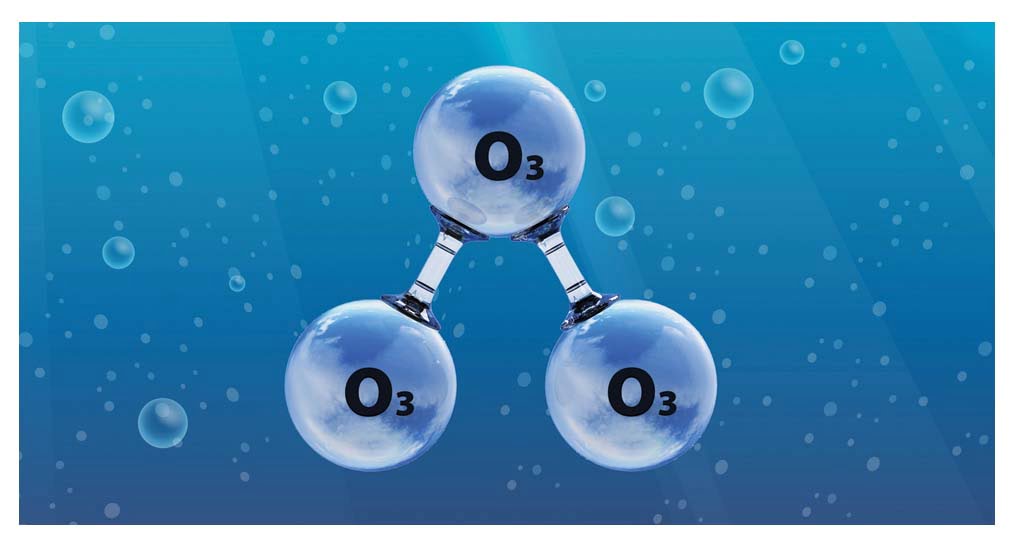Ozone Therapy Dentistry

The application of ozone therapy in dentistry has been a subject of increasing interest in recent years, with many dental professionals exploring its potential benefits for patients. At its core, ozone therapy involves the use of ozone gas, a molecule consisting of three oxygen atoms, to promote healing, reduce inflammation, and combat infections. In the context of dentistry, ozone therapy is used for a variety of purposes, ranging from the treatment of periodontal disease to the disinfection of root canals.
One of the primary advantages of ozone therapy in dentistry is its ability to effectively kill bacteria, viruses, and fungi without the need for antibiotics or other pharmaceuticals. This is particularly significant in the treatment of dental infections, where the overuse of antibiotics has contributed to the development of antibiotic-resistant strains of bacteria. Ozone therapy offers a chemical-free alternative that can be used in conjunction with traditional dental treatments to enhance their effectiveness.
The Science Behind Ozone Therapy
To understand how ozone therapy works, it’s essential to delve into the science behind it. Ozone (O3) is a powerful oxidizing agent that is capable of disrupting the cell membranes of microbial organisms, ultimately leading to their death. This process is highly effective against a wide range of pathogens, including those responsible for dental caries, periodontal disease, and other oral infections.
The application of ozone in dentistry can take several forms, including ozone gas, ozonated water, and ozonated oils. Each of these forms has its specific uses and advantages. For example, ozonated water is often used for mouth rinsing and as an irrigant in periodontal pockets and root canals, due to its ability to reach and disinfect areas that are difficult to access with traditional instruments.
Applications in Dentistry
The applications of ozone therapy in dentistry are diverse and continue to expand as research and clinical experience grow. Some of the key areas where ozone therapy is making a significant impact include:
- Periodontal Disease Treatment: Ozone therapy is used to reduce pocket depths, decrease inflammation, and promote the healing of periodontal tissues. Its antimicrobial properties help in reducing the bacterial load in periodontal pockets.
- Root Canal Disinfection: Ozonated water or gas is used to disinfect root canals, reducing the risk of treatment failure due to residual infection. Ozone’s ability to penetrate into the tiny tubules of the dentin makes it an effective tool for sterilizing the root canal system.
- Dental Caries Prevention and Treatment: Ozone can be used to prevent dental caries by killing the bacteria that cause tooth decay. It can also be used to treat early stages of dental caries by reversing the decay process and promoting the remineralization of tooth enamel.
- Mouth Rinses and Irrigants: Ozonated water can be used as a mouth rinse to reduce oral bacteria, freshen breath, and promote a healthy oral environment.
Benefits for Patients
For patients, the integration of ozone therapy into dental treatments offers several benefits. These include:
- Reduced Need for Antibiotics: By using ozone to combat infections, the reliance on antibiotics can be significantly reduced, which is beneficial for public health by mitigating the risk of antibiotic resistance.
- Less Pain and Discomfort: Ozone therapy can reduce inflammation and promote healing, leading to less pain and discomfort during and after dental procedures.
- Holistic Approach to Dental Care: Ozone therapy aligns with a holistic approach to health, focusing on promoting the body’s natural healing processes rather than just treating symptoms.
- Environmentally Friendly: The use of ozone as a disinfectant is more environmentally friendly than many traditional chemical disinfectants, as it leaves no toxic residues.
Future Directions and Research
While ozone therapy has shown promise in dentistry, there is a need for further research to fully understand its efficacy, optimal application methods, and long-term effects. Clinical trials and studies are ongoing to explore its use in various dental conditions and to establish standardized protocols for its application.
Conclusion
Ozone therapy is emerging as a valuable tool in the field of dentistry, offering a range of benefits from infection control to the promotion of healing. As dental professionals continue to explore its applications and refine its use, patients can expect to see ozone therapy become an increasingly integral part of dental care. With its potential to enhance treatment outcomes, reduce the need for pharmaceuticals, and contribute to a more holistic approach to oral health, ozone therapy is set to make a significant impact on the future of dentistry.
What is ozone therapy used for in dentistry?
+Ozone therapy is used in dentistry for its antimicrobial properties to treat infections, reduce inflammation, and promote healing. It’s applied in various forms, including gas, ozonated water, and ozonated oils, for conditions such as periodontal disease, root canal treatments, and dental caries.
Is ozone therapy safe?
+Ozone therapy, when used properly and under the guidance of a professional, is considered safe. However, high concentrations of ozone can be harmful if inhaled, and proper precautions must be taken during its application in dental procedures.
Can ozone therapy replace traditional dental treatments?
+Ozone therapy is often used as a complement to traditional dental treatments rather than a replacement. It can enhance the effectiveness of conventional treatments and offer a holistic approach to oral health, but it should be used under the guidance of a dental professional who can determine the best treatment plan for each individual case.


